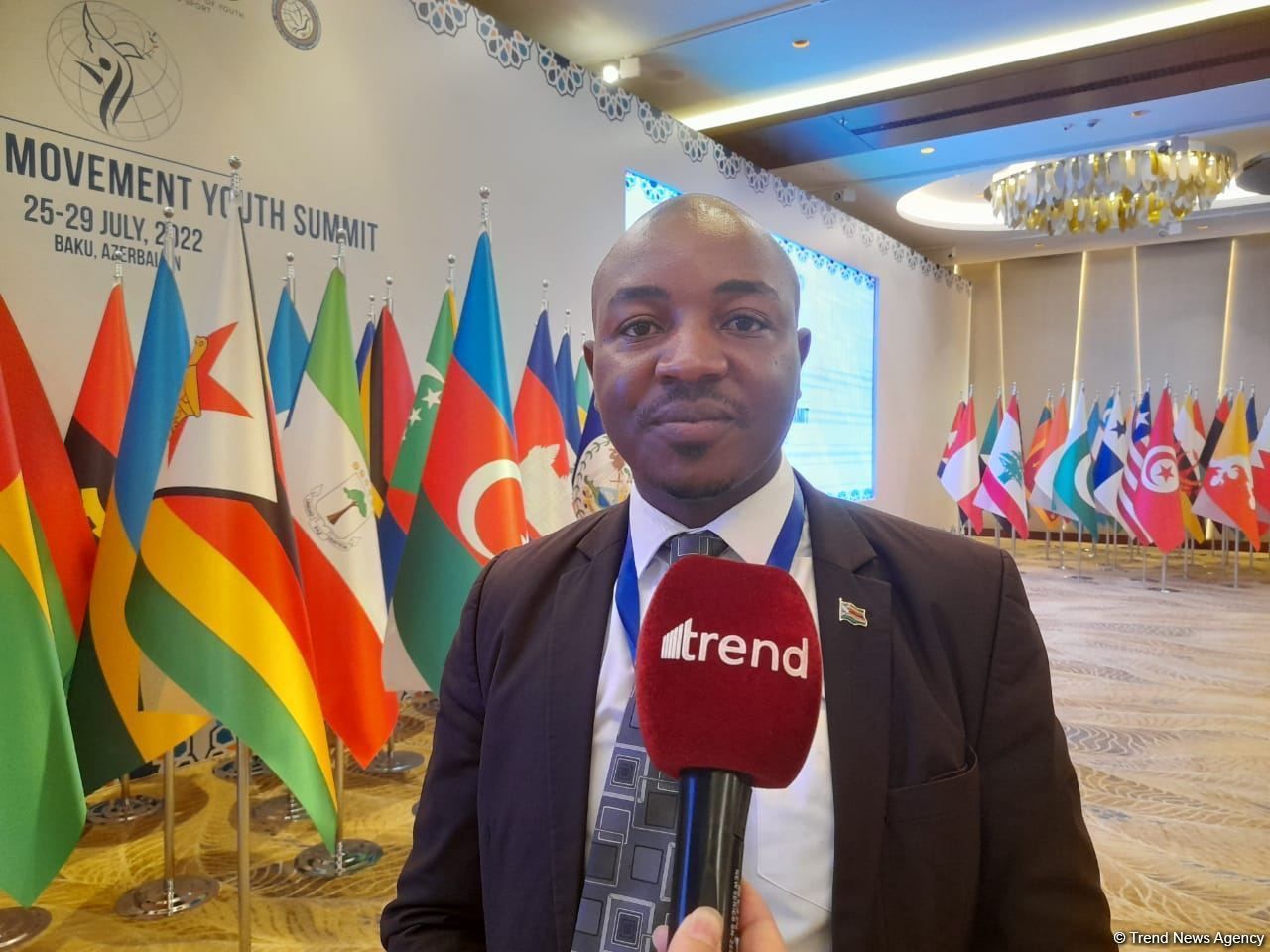

State public option programs are evolving and encompass a range of models that can be tailored to meet specific state policy needs. Without a federal public option, states will continue to consider whether a public option is an effective tool for meeting their coverage goals. While not impossible, the size and scope of a federal public option initiative is unlikely to pass in the Senate.Īs a result, policy activity on public option will continue to be concentrated at the state level.
#STATSEY LEVE FULL#
Even though Democrats picked up both Georgia seats from the Janurun off elections to tie the Senate 50-50 (with Vice President-elect Kamala Harris serving as a tiebreaking vote), a slim margin will prevent significant healthcare reform legislation without the full support of the Democratic caucus or bipartisan support from some Senate Republicans. Implementing a federal public option would require a significant legislative effort. An incoming Biden Administration’s support for state innovation will create new state-based coverage opportunities, even as major federal legislation is unlikely under a divided Congress.

The 2020 election and transition to a new federal administration marks a pivotal point for state policymakers with interest in fostering new coverage options. President-elect Biden also articulated a strong interest in strengthening the ACA through expanded subsidy eligibility, increasing the generosity of ACA federal tax credits and subsidies, and promoting higher value (Gold-level) plans. Efforts to promote a public option at the federal level were bolstered by President-elect Joe Biden’s support for a federal plan-based on the Medicare program and offered on the ACA Marketplace-during the 2020 presidential campaign.

In response to strong support from the American public, candidates for public office and elected officials across the country have backed a public option as a coverage affordability solution. Since 2017, nearly a dozen states have considered or passed legislation to study or implement a state-based public option program. A public option is typically defined as a new coverage option that leverages government bargaining power to offer a more affordable coverage plan for consumers. Coverage affordability remains a significant concern and barrier to access for both the insured and uninsured.įaced with significant premium fluctuation and the risk of “bare counties”-counties with no subsidized ACA Marketplace plan-many policy stakeholders have turned to the public option as a potential tool to promote stability and affordability in the individual insurance market. However, in 2019, over 26 million Americans remained uninsured –and communities of color are still more likely to be uninsured compared to Whites. In the ten years since the passage of the Affordable Care Act (ACA), 18 million Americans have gained new access to health insurance. Patricia Boozang and Kyla Ellis, Manatt Health


 0 kommentar(er)
0 kommentar(er)
